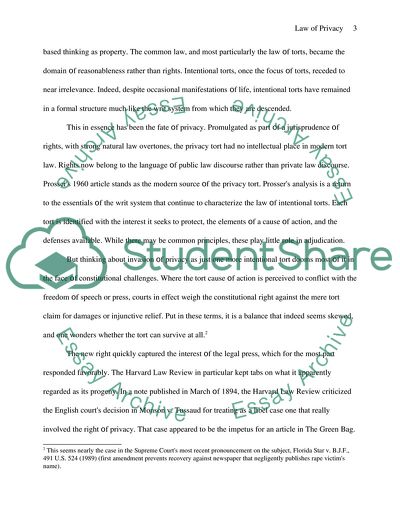Cite this document
(“Law Of Privacy Essay Example | Topics and Well Written Essays - 2500 words”, n.d.)
Law Of Privacy Essay Example | Topics and Well Written Essays - 2500 words. Retrieved from https://studentshare.org/miscellaneous/1545458-law-of-privacy
Law Of Privacy Essay Example | Topics and Well Written Essays - 2500 words. Retrieved from https://studentshare.org/miscellaneous/1545458-law-of-privacy
(Law Of Privacy Essay Example | Topics and Well Written Essays - 2500 Words)
Law Of Privacy Essay Example | Topics and Well Written Essays - 2500 Words. https://studentshare.org/miscellaneous/1545458-law-of-privacy.
Law Of Privacy Essay Example | Topics and Well Written Essays - 2500 Words. https://studentshare.org/miscellaneous/1545458-law-of-privacy.
“Law Of Privacy Essay Example | Topics and Well Written Essays - 2500 Words”, n.d. https://studentshare.org/miscellaneous/1545458-law-of-privacy.


